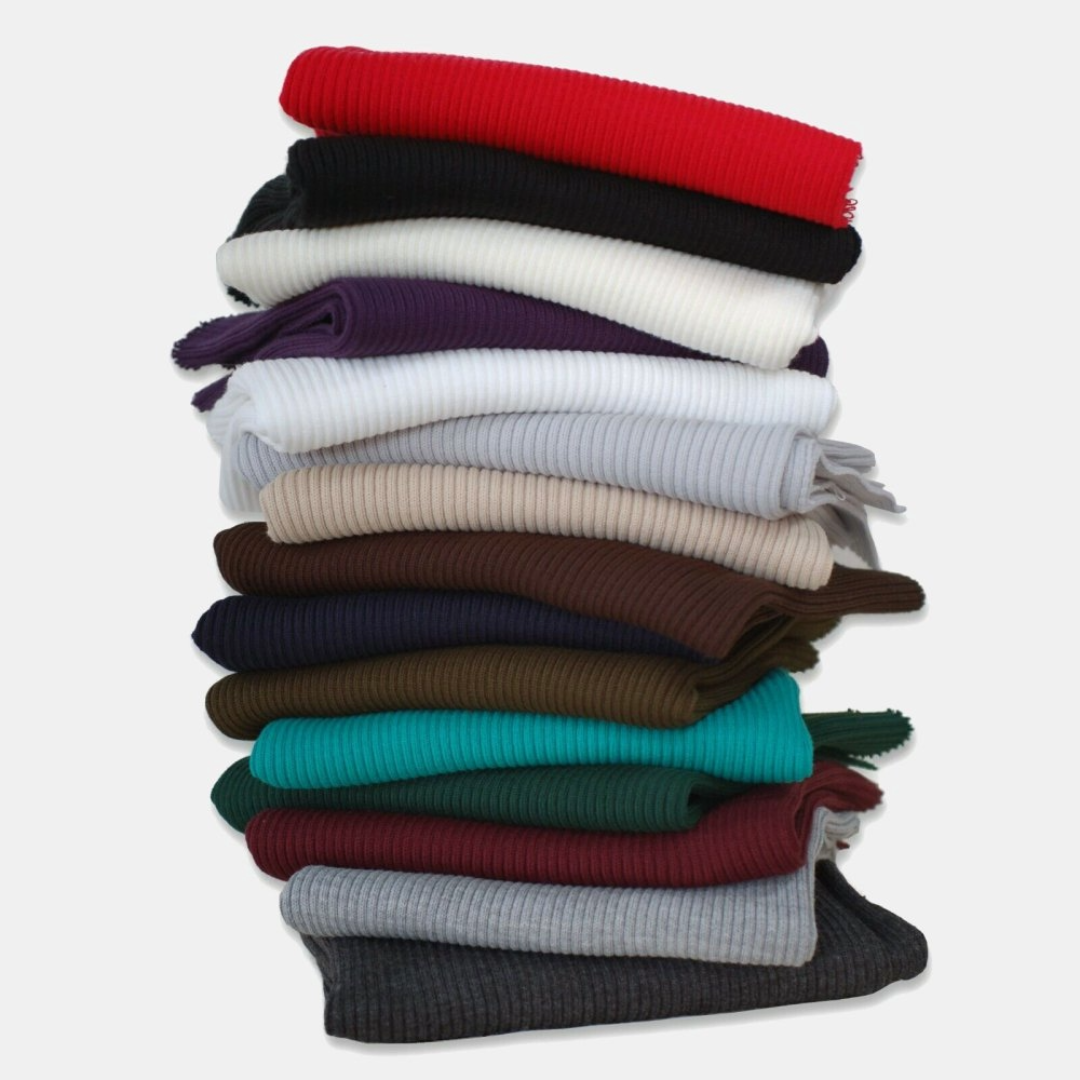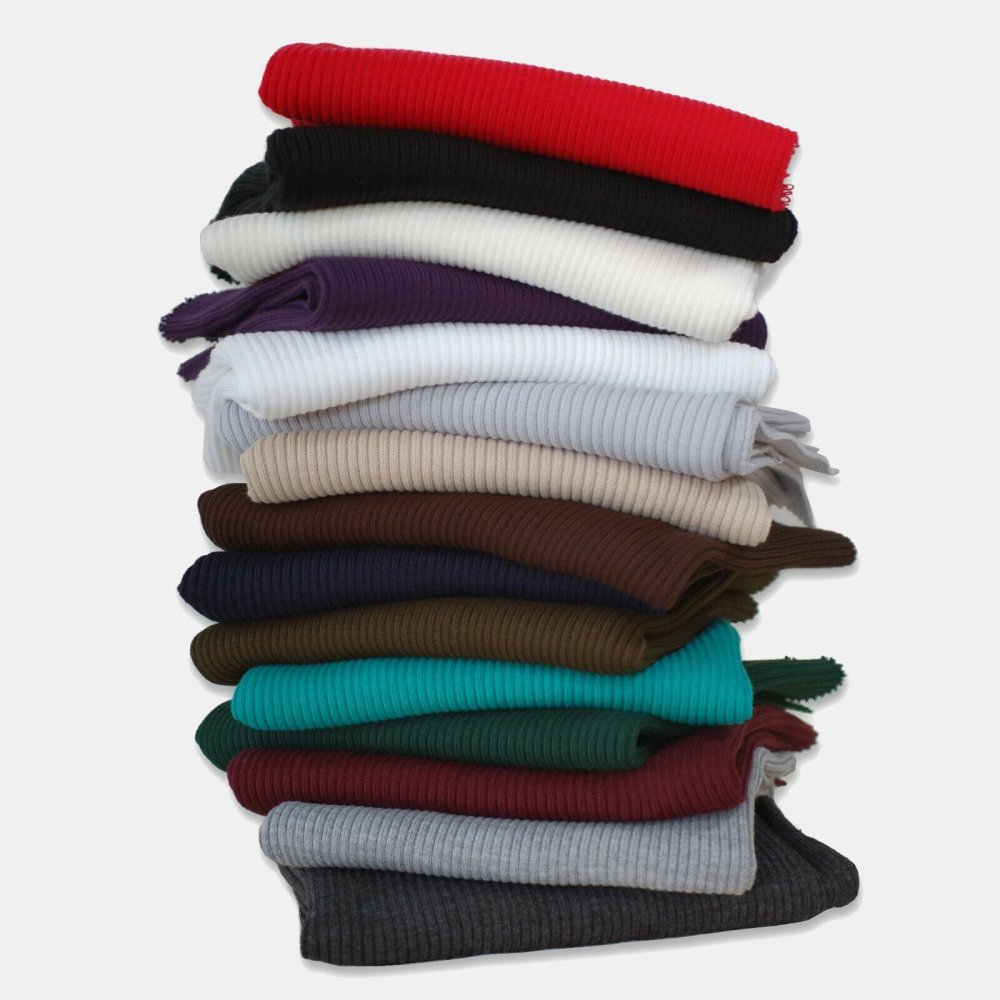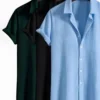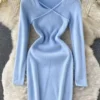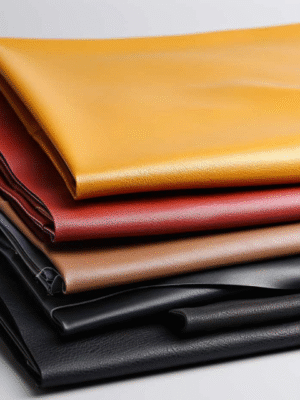Description
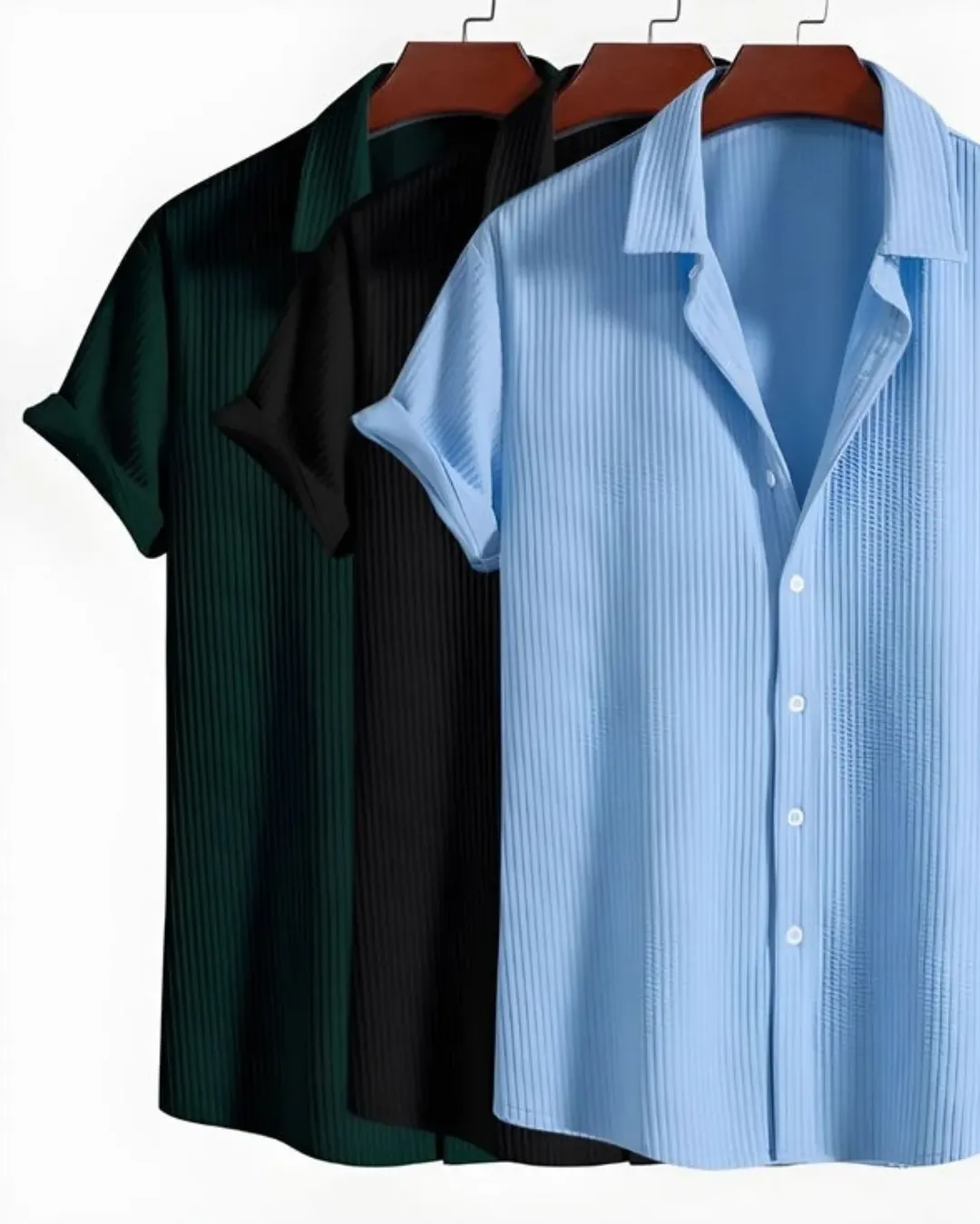 Discover the exceptional comfort and versatility of Rib Knit Fabric, a textile defined by its distinctive parallel vertical ribs running along the fabric’s length. This unique texture is achieved through a specific knitting process that alternates columns of knit and purl stitches, creating noticeable wales (the raised ribs) and troughs. Common variations include 1×1 rib (one knit stitch followed by one purl stitch) and 2×2 rib (two knit stitches followed by two purl stitches), each offering slightly different appearances and stretch characteristics.
Discover the exceptional comfort and versatility of Rib Knit Fabric, a textile defined by its distinctive parallel vertical ribs running along the fabric’s length. This unique texture is achieved through a specific knitting process that alternates columns of knit and purl stitches, creating noticeable wales (the raised ribs) and troughs. Common variations include 1×1 rib (one knit stitch followed by one purl stitch) and 2×2 rib (two knit stitches followed by two purl stitches), each offering slightly different appearances and stretch characteristics.
Key Features and Benefits:
- Superior Stretch and Recovery: The primary appeal of rib knit lies in its outstanding elasticity, particularly across the width (crosswise stretch). The ribbed structure allows the fabric to expand significantly and then retract, snapping back to its original shape exceptionally well. This inherent “memory” ensures garments maintain their form wear after wear and wash after wash.
- Enhanced Comfort and Fit: The remarkable stretch translates directly into wearer comfort. Rib knit fabrics conform beautifully to the body’s contours without constricting movement, providing a snug yet flexible fit. This makes it ideal for garments designed to sit close to the skin.
- Distinctive Texture: The raised ribs provide a visually appealing and tactile texture that adds depth and interest to any project. This texture differentiates it clearly from flatter knits like jersey.
- Versatility in Weight: Rib knits are produced in a wide array of weights. Lightweight versions are perfect for comfortable t-shirts, tank tops, and baby clothes. Medium weights are commonly used for fitted tops, dresses, and pajamas, while heavier weights provide the structure and warmth needed for substantial sweaters, cardigans, and sturdy cuffs, collars, and waistbands.
- Variety of Fiber Contents: You can find rib knits made from various fibers, influencing their properties.
- Cotton Rib Knits: Offer breathability, softness, and are gentle on the skin.
- Polyester/Synthetic Rib Knits: Provide durability, wrinkle resistance, and moisture-wicking properties, often used in activewear.
- Blends (e.g., Cotton/Spandex, Rayon/Spandex): Combine the benefits of different fibers, often incorporating spandex (Lycra/elastane) to maximize stretch and recovery.
- Broad Range of Applications: Its unique properties make rib knit suitable for:
- Trims: Cuffs, neckbands, waistbands, collars on sweatshirts, jackets, t-shirts, and joggers.
- Apparel: Fitted tops, t-shirts, sweaters, cardigans, dresses, skirts, leggings, pajamas, long underwear.
- Children’s & Baby Wear: Bodysuits, sleepers, leggings – valued for comfort and stretch.
- Accessories: Hats (beanies), headbands, scarves.
Considerations When Using:
- Edge Curling: Like many knits, the cut edges of rib knit fabric can tend to curl, which may require careful handling or specific techniques during sewing.
- Sewing: Using a ballpoint or stretch needle and a stretch stitch (like a narrow zigzag or a dedicated stretch stitch on your machine) is recommended to accommodate the fabric’s elasticity and prevent popped seams.
- Stretch Percentage: The amount of stretch can vary significantly between different rib knits. Always check the stretch percentage if a specific amount is required for your pattern.
Care: Care instructions typically depend on the fiber content. Cotton and cotton blends are often machine washable, while synthetics and wool blends might have specific requirements. Always refer to the manufacturer’s label for best results.
In Summary:
Rib knit fabric is a highly functional and aesthetically pleasing textile. Its defining ribbed texture, combined with excellent stretch, recovery, and comfort, makes it an indispensable material for a vast range of apparel items, from essential trims to entire form-fitting garments. Whether you’re creating cozy loungewear, stylish everyday tops, or durable activewear components, rib knit offers a reliable blend of performance and tactile appeal.

